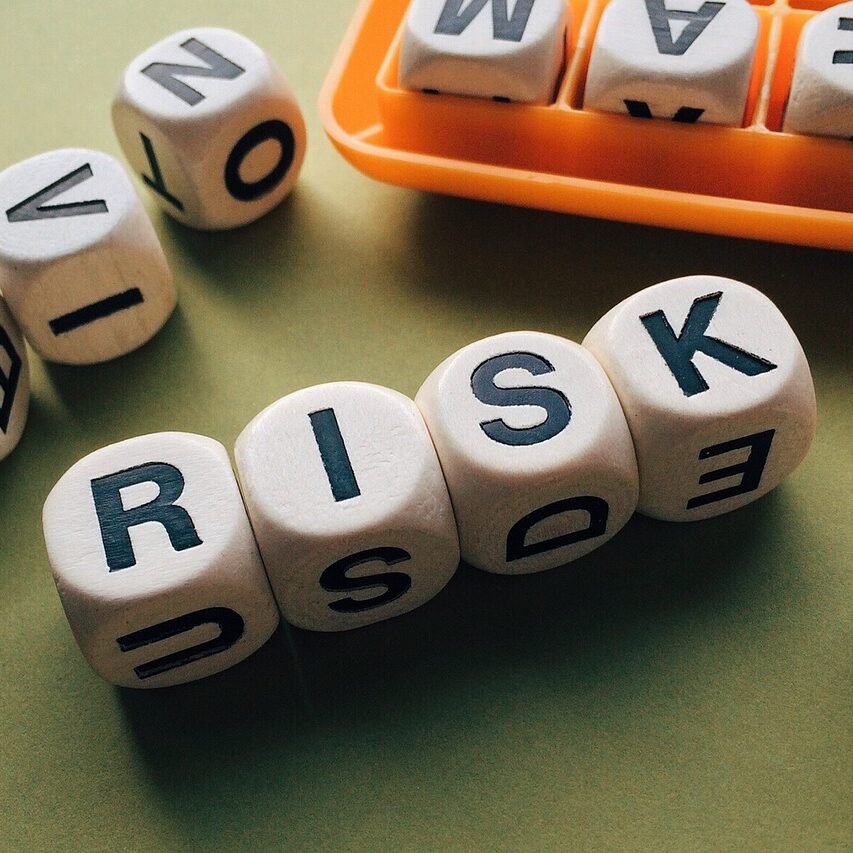September 2022
The Queue
This blog focuses on what became a national phenomenon during the Lying-in state of Queen Elizabeth II. The formation and process of queuing to see the Queens coffin and pay one’splan respect.
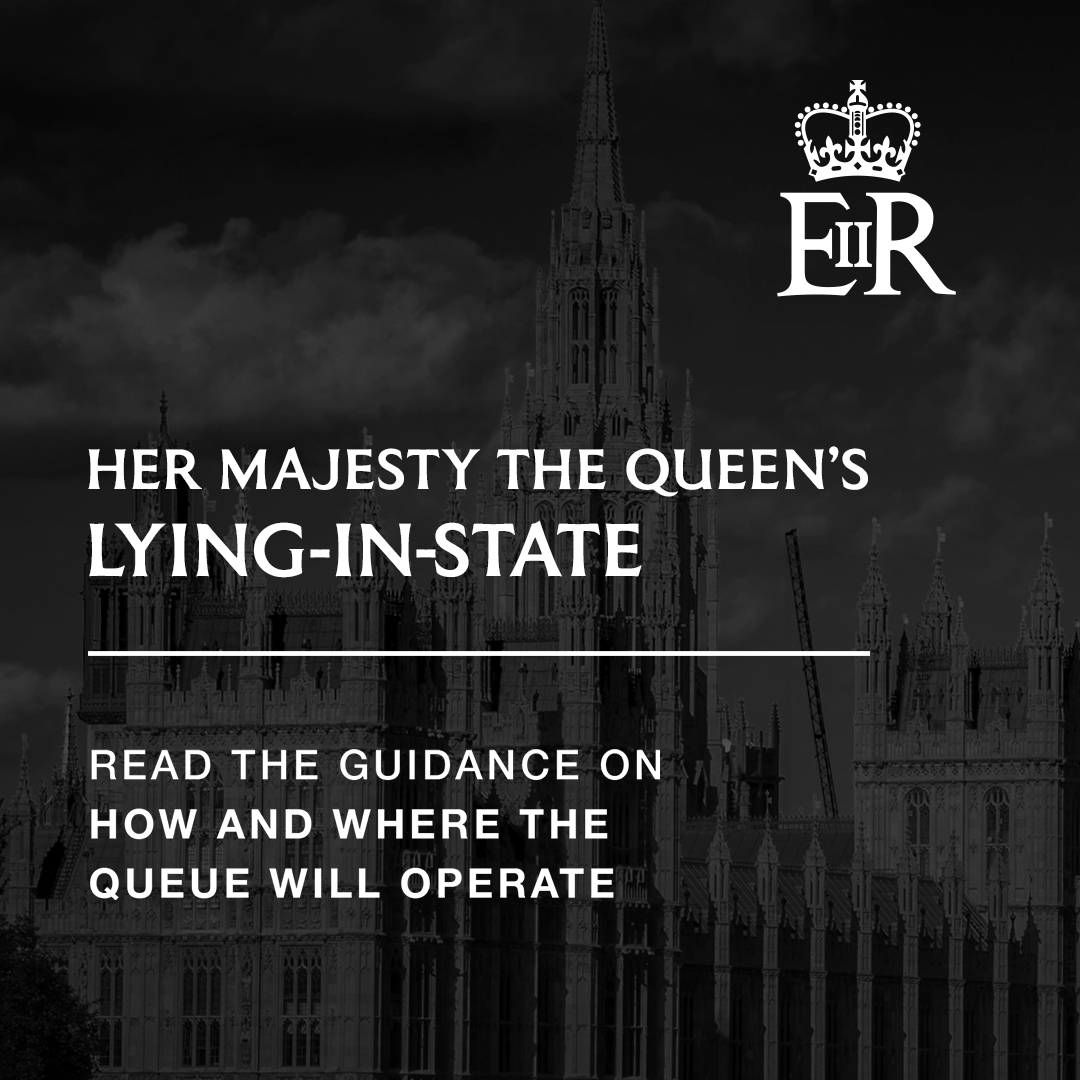
The Queen Elizabeth II funeral plan was called Operation London Bridge. The plan covered the arrangements of her state burial, the declaration of formal national mourning, and the news of her passing. Prior to her passing in 2022, the plan underwent several revisions beginning in the 1960s.
The custom of placing a deceased official’s remains in a state building, either outside or inside of a coffin, to allow the public to pay their respects is known as “lying in state.” It usually occurs in the capital city or state’s main legislative building. A viewing that takes place somewhere other than the main government building is sometimes referred to as “laying in repose,” however the custom varies by country. This type of wake or viewing is more official and open to the public. Often, a state funeral comes after lying in state.
On Wednesday, September 14, at 5 o’clock, the public is welcome to view the Queen’s lying-in-state at the Palace of Westminster. It was pen twenty-four hours a day till Monday, September 19 at six thirty in the morning. To ensure that as many guests in the line as possible could enter the Palace before the period of Lying-in-State expires.
Large crowds where anticipated, and was possible that there would be delays on the public transportation system and local road closures.
Visitors would go through security checks like to those at airports, and there where stringent limitations on what you could bring in. Only little bags where allowed.
The planned queue
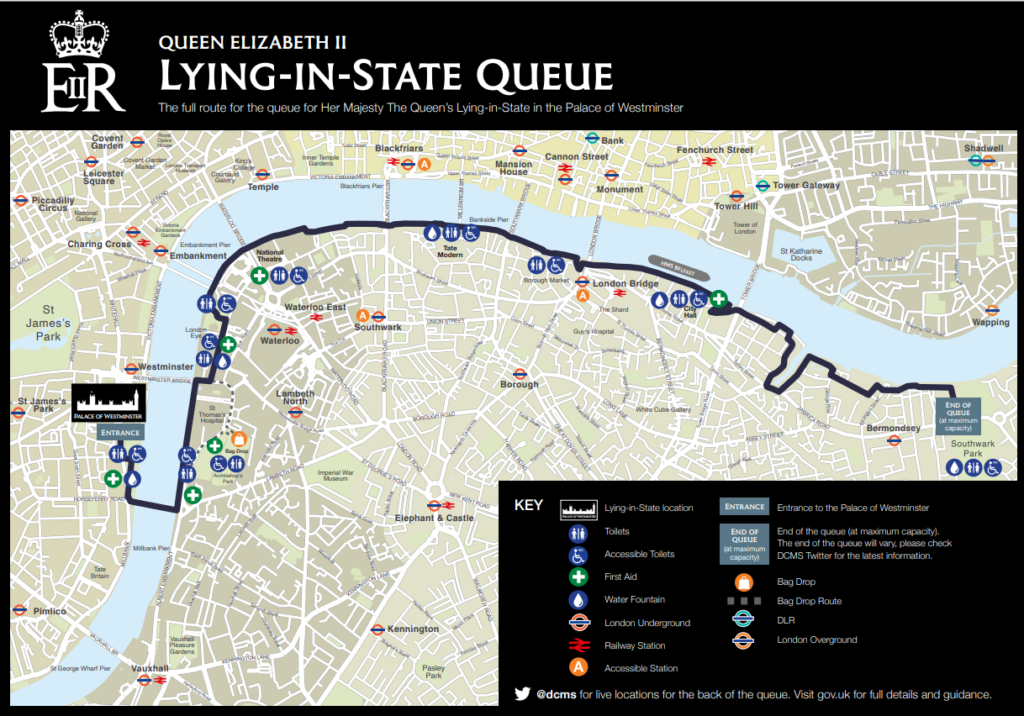
Images of the queue
Photographs from the national press
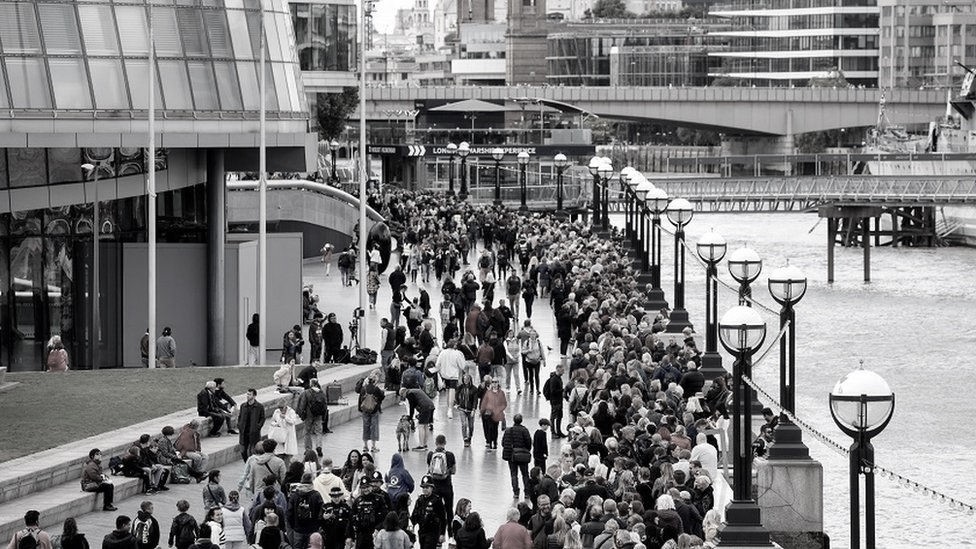
Along the Thames
Through London
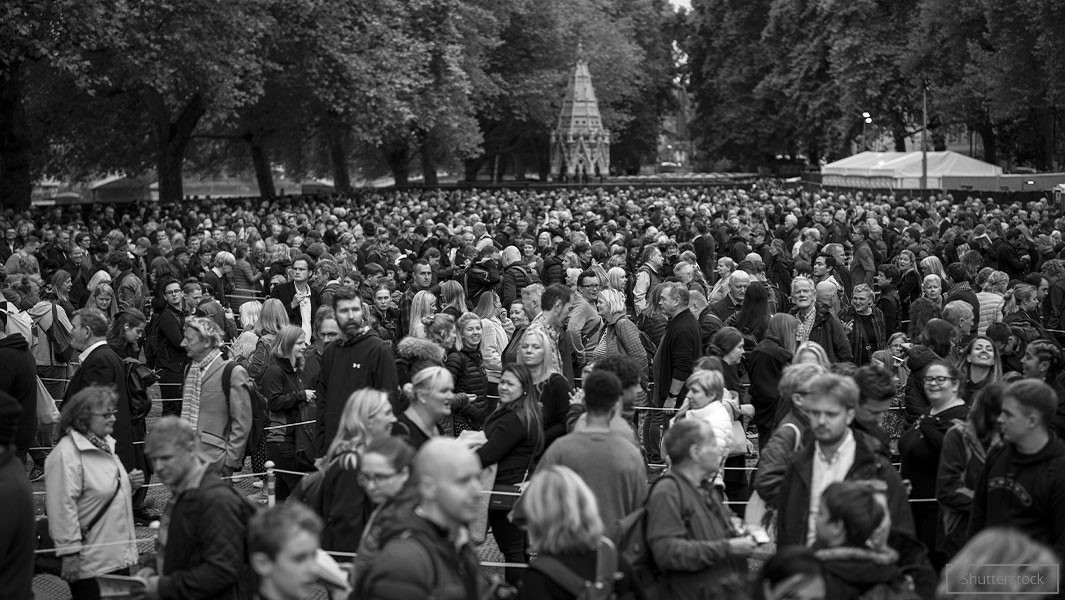
Gathering
Using green spaces

From the air
Looking down on the queue
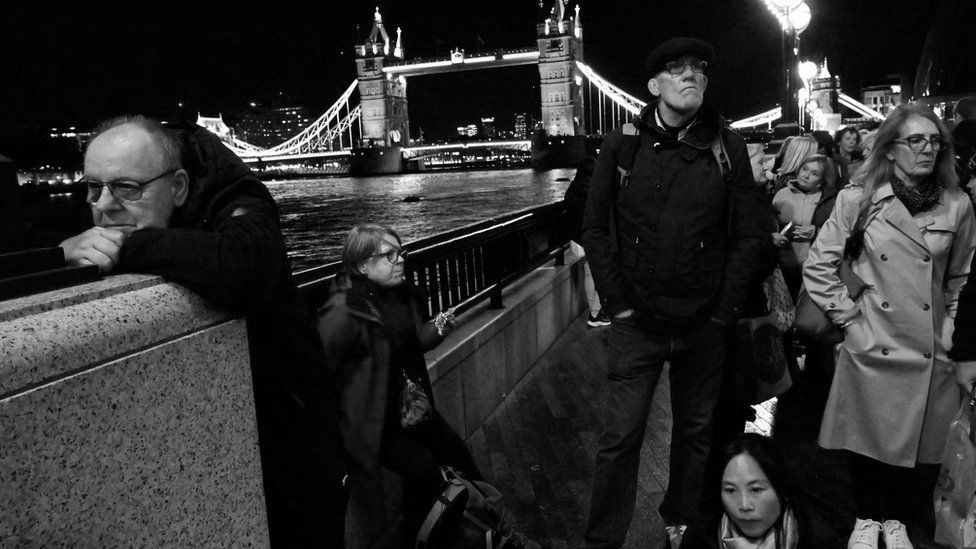
Through the night
24hr a day
The live updates

Shaping the queue
The below information formed part of the planning for the lying-in-state. This provides an insight into the planning that took place to account for the anticipated crowds.
Queue route announced for Her Majesty The Queen’s Lying-in-State
The route for Her Majesty The Queen’s Lying-in-State has been announced by DCMS
Her Majesty The Queen's Lying-in-State at the Palace of Westminster (Houses of Parliament
Attending ceremonial events for the Lying-in-State and the State Funeral of Her Majesty The Queen
Expert views


“Nobody’s ever seen a queue as long as this before,” Wired Magazine
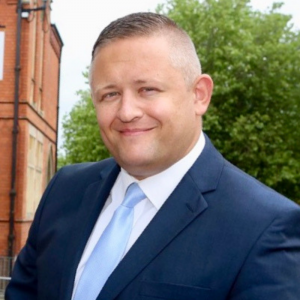
Queen Elizabeth II: The Queue and the Cumbria expert who helped plan it
By Francesca Williams
BBC News
A global guide to queuing philosophies, from Wimbledon to São Paulo
By Rosie Spinks
Quartz
The Art of Queuing
Nick Shackleton-Jones
CEO and Founder, Shackleton Consulting
WIRED
How to Design the Perfect Queue, According to Crowd Science
The line to see Queen Elizabeth II lying in state is snaking across central London. Could it have been done better?
There are various ways that individuals may affect how we act, but one of the most crucial ones may be the fact that their presence seems to create expectations
Instead of expecting random behaviour from others, we anticipate predictable behaviour in predetermined circumstances. Every social setting has its own specific standards on how to behave “properly.” These standards may differ from group to group.
When we consider the roles that people perform in society, these expectations become clear in some ways.
Social norms are the unspoken guidelines for what is believed to be appropriate in a certain social group or culture. Norms provide us an anticipated model of behaviour and serve to bring stability and predictability to social interactions. For instance, we demand that students do their work and appear on time for class.
Grasp social influence in general and compliance in particular requires an understanding of norms. Social groups’ recognised rules of conduct are known as social norms.
The Social Norms of Waiting in Line
David Fagundes
University of Houston Law Center
The Psychology of Queuing
Furnham, Adrian; Treglown, Luke; Horne, George
Norwegian Business School
Cutting in Line: Social Norms in Queues
Informs Pubs Online
Intrusions into waiting lines: Does the queue constitute a social system?
APA Psycnet
Crowds in front of bottlenecks at entrances from the perspective of physics and social psychology
The royal society
Why do people follow social norms?
Science Direct
I’m an expert in crowd behaviour – don’t be fooled that everyone queueing in London is mourning the Queen
Stephen Reicher
Despite what we hear from the media, the reasons so many are gathering are complex and various.
Britain is in mourning. This is affirmed every time we turn on the television and see the huge numbers of people watching royal processions, or willing to queue for long hours to file past the Queen’s casket. They have gathered, we are told, “to pay their respects”. They are there “to thank the Queen”. Above all, they are “united in grief”. In this way, a picture is built up of a homogenous national community defined by its love of monarch and monarchy. But things are not that simple.




